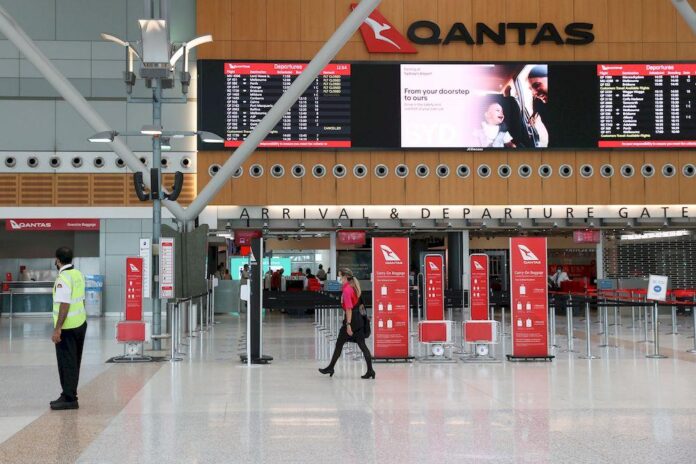| Translate This News In |
|---|
As another global coronavirus outbreak dashed hopes of a quick reopening, Australia’s trade and tourism minister said Friday that the country is likely to remain closed to visitors until late 2022.
Minister Dan Tehan said that a rash of cases on the Indian subcontinent demonstrated that Australia’s near-total ban on arrivals was still necessary to keep the country free of Covid.
Australians have been prohibited from travelling abroad since March 20, 2020, and foreign visitors must obtain a difficult-to-come-by individual exemption to enter the country.
“The best guess would be in the middle to second half of next year,” Tehan told Sky News, adding that it is “very difficult to determine” when borders could reopen.
Prior to the pandemic, the country received approximately one million short-term visitors per month. This number has now risen to around 7,000 people.
Those who do manage to get in must stay in a hotel for 14 days.
A recently established travel bubble with New Zealand has had mixed results, with cities where the virus escaped quarantine before being contained being halted.
Since the pandemic began, Australia has reported 29,886 cases. In hotel quarantine, a large number of them were discovered.
Vaccination coverage has been slow, with only 2.5 million vaccines given out in a country with a population of 25 million people, each requiring two doses.
The prospect of the country being closed for nearly three years will be disastrous for the $40 billion-a-year tourism industry.
“We’d like to see a few more bubbles pop and more travel,” he said, “but we’re in the middle of a pandemic.”
“A lot depends on how we handle the global pandemic.”


















